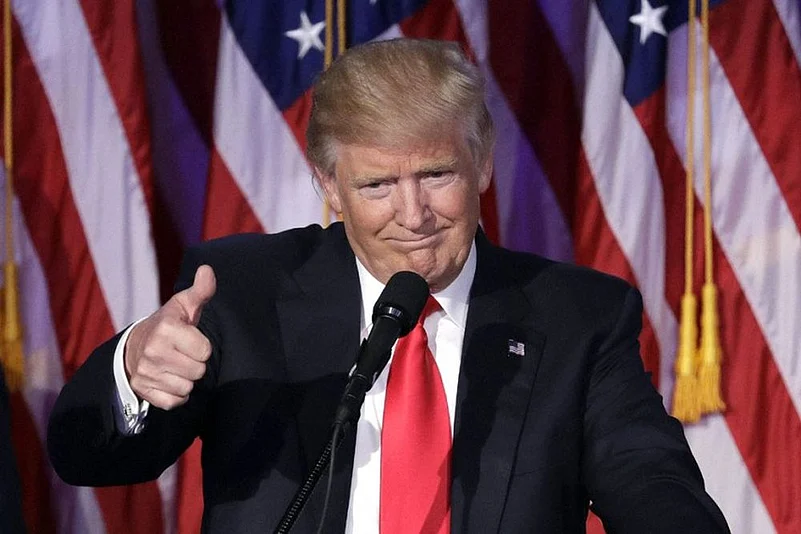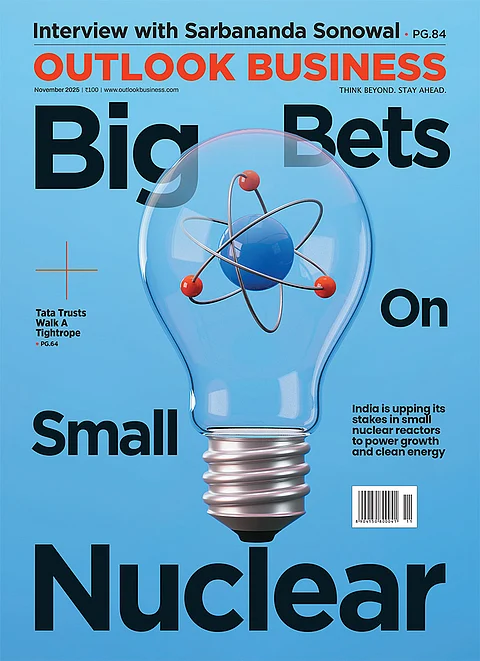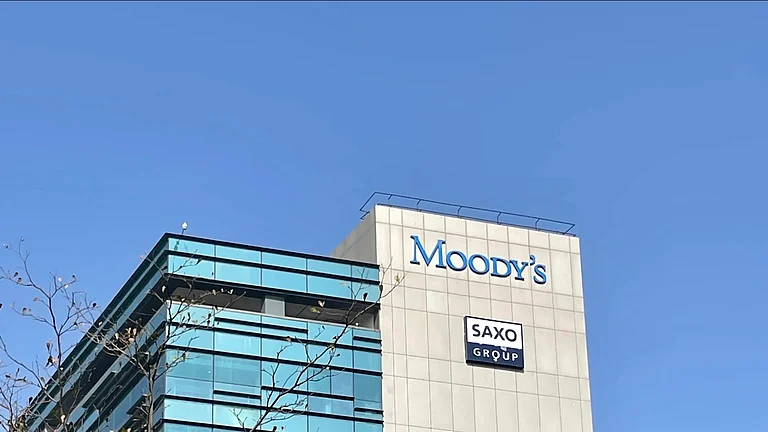India is not immune to incoming tariff policies under the Trump administration and it could lower the country's growth forecasts by 50 basis points (bps) to 6.3 per cent Year-on-Year (YoY) in fiscal year 2025-26 against the current consensus of 6.6 per cent YoY, stated a report by Tanvee Gupta Jain, UBS Chief India Economist, released today. The report “India Economic Perspectives India economic outlook 2025-26: Peak Goldilocks?” also claimed that softer domestic growth will also impact the country's growth during this period.
UBS report also predicted that dollar and rupee will not be immune to trade tension-driven USD strength against emerging market (EM) peers, and year-end INR to reach 87.0 by FY26 against 84.5 in FY25.
However, the report suggested that India will remain one of the fastest-growing major economies in 2024-26 among emerging markets.
"We expect India's growth to recover to 6.6% in FY27, on supportive policy measures and strengthening of 'China + 1' supply chain shifts to India," the report stated.
The report stated that the Trump administration will likely impose additional tariffs on most imports from China in a staged manner starting in the second half of the FY25.
President-elect Donald Trump has been scheduled to take charge of the White House on January 20, 2025. Tremors of his announcement earlier this week on Monday to impose a 25 per cent additional tariff on China, Canada and Mexico already felt in the global market as most shares retreated on Tuesday.
Factors to Impact India Amid Global Uncertainties
According to the report, India's growth could be affected by trade tariffs from various channels such as a slowdown in global growth due to lower US and China growth. It also highlighted a further delay in India's private corporate capex recovery due to the risk of China offloading excess capacity in the manufacturing sector and greater depreciation pressure on China's RMB having implications for India's net goods trade balance.
Amid rising global uncertainties, it is expected that India's macro stability risks will remain largely contained in FY26. This is because headline inflation to decelerate towards 4-4.5 per cent YoY, aggregate fiscal deficit to narrow further to 7.4 per cent of GDP and current account deficit to remain contained below 2 per cent of GDP despite concerns of regional trade slowdown. The USB also sees scope for 75bp of monetary easing in this cycle from early FY25, building in slower domestic growth and lower global rates.
According to UBS emerging market rates strategist forecast, year-end 10-year IGB yields at 6.25 per cent in FY26 against 6.5 per cent in FY25. USB also predicted that USDINR will not be immune to trade tension-driven USD strength against EM peers, and year-end INR to reach 87.0 by FY26 against 84.5 in FY25.
Reforms to the Rescue
The report further predicted that India will be able to maintain potential real GDP growth of 6.5 per cent YoY over FY26-28 to become the world's third-largest consumer market in 2026 and third-largest economy by 2027.
It is estimated that India's nominal GDP will increase from $4 trillion in FY25 to over $6 trillion by FY30. The report attributed this growth to manufacturing and export push, increased services exports, and digitalisation, leading to improvement in productivity and efficiency gains. However, the provision of productive jobs for the rising working-age population, a less friendly external environment and the automation overhang will continue pose challenges, the report said.
Gaining Edge Over China
The report further highlighted a few alternatives economic scenarios. It stated that a reignition of the US-China trade war could push supply chain shifts. Since 2019, India has improved markedly on many key fronts which could help India gain in the medium-term.
The report also pointed out that there also could be a positive impact if the US resilience continues or China's stimulus proves to be larger/more effective than forecasted.
Furthermore, the US recession scenario would take the Fed funds rate back to the lower bound leading to higher downside risks to India's growth and faster easing. In case US imposes a 10 per cent import tariff on ROW, a large economy that a smaller open economy trades with, the negative drag on India's growth could persist in FY27.






























